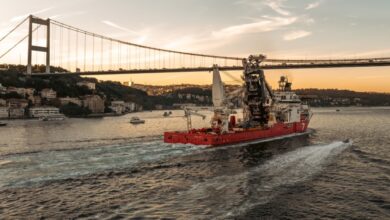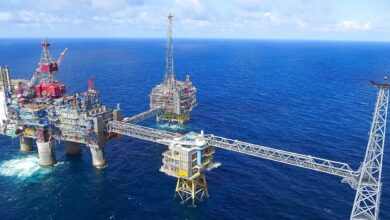New shale technology detects completion problems and parent/child well interference
Deep Imaging announced its real-time solution for tracking fluid as it’s pumped through the wellbore and out to the fracture tips during a completion job. As a result, upstream companies can validate models and successful stages while identifying, fixing or avoiding problem stages as they occur.
The prevailing approach to developing shale is delivering mixed results. Drilling larger wells more closely together has reduced per unit costs, but many new wells are underperforming production expectations by as much as 30%.
The industry is acting on limited data to make intricate operating decisions. Without the right instruments to see what is happening during a well completion, operators are experiencing frac hits and are unable to identify poor cement jobs, failed plugs and unclosed zippers, all of which leave valuable resources in the ground. With the ability to see a frac job in real-time, operators can now truly optimize full-field development.
At around the cost of a single frac stage, payback on this surface-based technology is quick and the upside is large, especially considering not “closing” a zipper frac can mean up to 30% of the reservoir is untapped. With projected sales of $500 million from a development project, operators utilizing fluid tracking could capture the $150 million that would otherwise be left behind.
Among other benefits, the technology also enables operators to determine which downhole products and strategies are causing problems to help improve their purchasing plans. If an operator understands they have failures 20% of the time with a certain type of plug, they can find a better provider.
“We are proud to provide to clients answers about what’s happening in their reservoirs—and now we will deliver that information in real-time,” David Moore, CEO and President of Deep Imaging, said. “In addition to making decisions on how to design the next completion more efficiently, customers will now be able to make decisions on how to stop frac hits, see plug failures and bad cement and decide how to mitigate the impact, stage by stage.”
Deep Imaging will unveil and demonstrate its real-time fluid tracking during URTeC, July 22-24, 2019, at the Colorado Convention Center in Denver, Colorado.




